Wine is a product we’re so familiar with that we don’t usually wonder where it comes from. We all know it is made from grapes and that it all starts with the harvest… But what happens next?
Winemaking is a thousand-year-old process that has reached remarkable levels of complexity and high standards of quality; nevertheless, it hasn’t changed in essence since the time of our ancestors. Everything revolves around the fermentation of grape juice. Let’s quickly review the steps in the process, for red wine:
The harvest
The harvest is the moment when the grapes are picked, which in Spain is between September and October. The most suitable moment for harvest is when the grape shows an ideal state of ripeness; only those perfectly ripe grapes will yield quality wine. Especially important is the sugar level in the grapes, fermentation depends on it and it will define the final alcohol content of the wine. Once the most ideal grape bunches are selected, the process starts.
In red winemaking, there are two different methods: carbonic maceration (full-cluster vinification) and de-stemmed grapes (removing the stem from the grape bunch and vinifying the berries). The first method is traditionally used for making young wine with a very fruity and fresh character; the second method is used for wines -usually of higher quality- that will be later matured in oak barrels. We will focus on this second method, the most commonly used when making red wine.
Destemming
The destemming process entails separating the stalks or stems from the grapes. Even though this process has been done manually for centuries, most producers today prefer a mechanized process using a destemming machine. The goal is to separate the individual grapes from the stems and leaves that can be present. Both stems and leaves contribute sour aromas and flavors to the must during maceration.
Crushing
Once the bunch has been destemmed, the grapes go through a crusher. The goal of this process is to break the grape skin and extract the must from the interior. This will facilitate the next step in the process, as the must will have better contact with the skins. Crushing must not be too excessive, we must prevent the seeds from breaking, as it will have a souring effect on the resulting must.
Maceration and alcoholic fermentation
The must and skins will be kept at a controlled temperature for a few days. This maceration process is very important, as it will allow fermentation to begin and help extract color from the contact with the grape skins or “pomace”. The resulting wine’s final color will be determined in this stage of constant contact between must and this pomace: tannins, anthocyanins, etc.
Later, in the same vats and thanks to the activation of the native yeasts that are present naturally in the grape skins, fermentation begins. This primary fermentation, or alcoholic fermentation, is the process by which the sugar present in the grapes in the form of fructose transforms into ethyl alcohol.
During this fermentation process, carbon dioxide rises to the surface, producing bubbles and drawing the solids found in the mix upwards. This effect creates a “cap of skins” on the surface: a solid layer made of skins, seeds, and pulp that floats over the must. To make sure these solids remain in contact with the must below, the process includes over-pumping -that is, extracting the must from the bottom of the vat and pouring it over the top of the cap with the help of a pump-, and “bazuqueo” in Spanish (“Pigéage” in French) a term that refers to punching, pressing or pushing back the cap of skins into the wine several times, which will also contribute certain characteristics to the wine.
This process can last anywhere between 10 and 14 days, depending on the wine one pretends to make, with temperatures never rising above 29ºC (84 F). Once this time has passed, the next step is de-vatting, when the liquid is transferred to a different vat and separated from the pomace.
Pressing
After de-vatting, the solids that are leftover after fermentation still contain wine. This is why these solids are subject to pressing. This wine, known as “vino de prensa” or “press wine” is very rich in aromas and tannins, yet will rarely be mixed with the de-vatted wine. These Wines have different destinations and are used to make other products. The left-over solids will be used as a sub-product for distillation.
Malolactic fermentation
The wine obtained during the previous steps is subjected to a new fermentation process. Through this process, malic acid, one of the 3 acids present in the wine together with tartaric and citric acid, is converted into lactic acid. This process lowers the acid character of the wine and makes it much more pleasant to drink.
This second fermentation process takes between 15 and 21 days.
Maturation
After the two fermentations, another of the key steps in red winemaking is the maturation process, known in Spanish as “Crianza”. This entails introducing the wine into oak barrels for aging. The wood chosen to build barrels is selected mainly for strength, porosity, and permeability. It’s treated with heat to bend it into form and will have different characteristics depending on the amount of singe they’ve received. The species of oak used (normally French or American), as well as the toast levels and the times the barrel has been used, will have a different effect on the wine. At this stage, the wine acquires aromatic nuances, which we will be able to identify during a tasting as charred, smokey, vanilla, and, of course, noble woods. During the time it spends in a barrique, wine undergoes a series of physio-chemical processes thanks to the porosity of the wood and micro-oxidation. With time, wine evolves and develops some of its character.
During the time in oak, the wine is subject to two parallel procedures that will enable the winemaker to eliminate impurities and sediments: Racking and Clarification.
Racking
After secondary or “malolactic” fermentation, the process of racking is carried out. This entails changing the wine from vessel to vessel (usually from one barrique to another) to eliminate impurities (solids)and aerate the wine.
Clarification
With the same goal, wine is subject to a process of clarification or fining, where organic substances (clay, egg white…) are introduced and used as binding agents. The suspended particles precipitate to the bottom of the barrel. If necessary, this process can be followed by filtration to eliminate even more impurities.
Bottling
A second part of the wine' s crianzaperiod will take place once the wine is bottled. During this time the wine will evolve in a reductive atmosphere and assimilate the oxygen that is inevitably introduced into the bottle when it is corked. Bottle ageing is also important as it allows the wine to stabilise and the aromas and properties it has acquired in the barrel to find a point of balance and harmony. crianza Depending on the time spent both in the barrel and in the bottle, the final product will be a wine crianza, reserva or gran reserva.
Even though every winery has its secrets and wants to give its wines a personal touch. What we’ve reviewed above is the most commonplace winemaking method around the world. A process that has reached amazing technical levels but, in essence, remains the same as the days when our grandparents took their boots off and crushed the grapes with their feet.







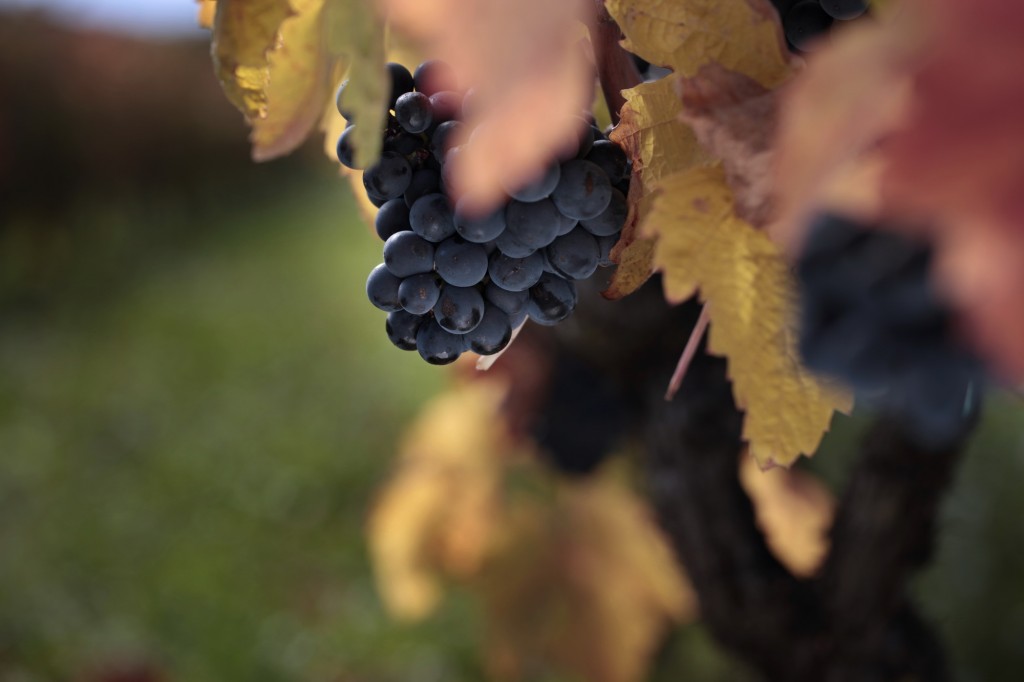
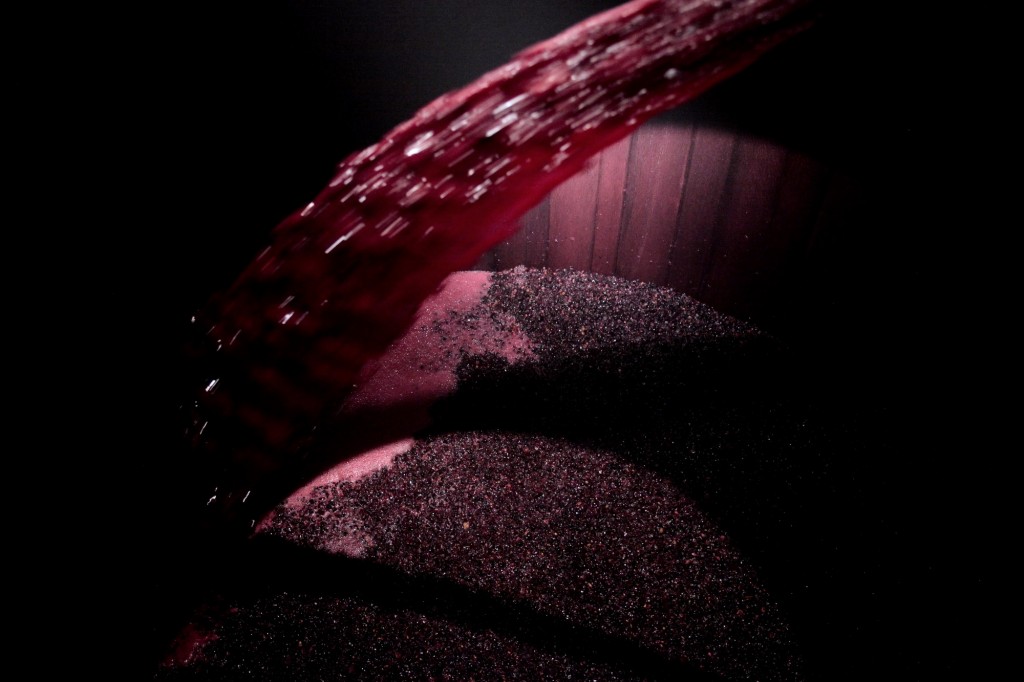
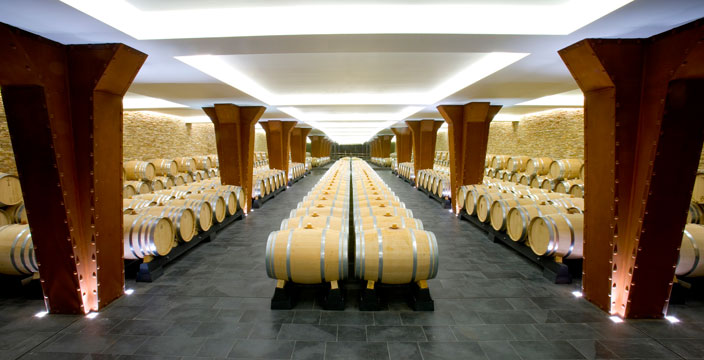
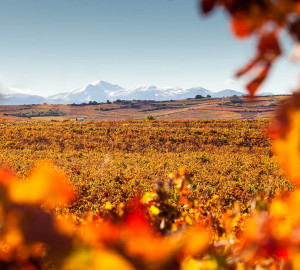
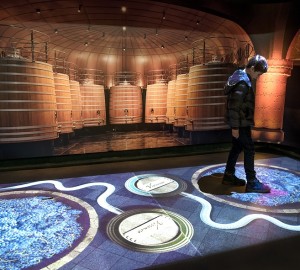
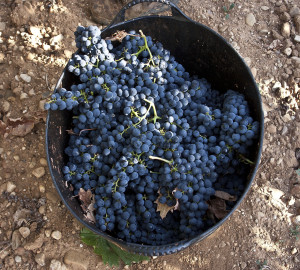







I am not in the habit of drinking wine, but I always have a glass whenever I can. I am unaware of the great variety that exists and with what to accompany it.
Good morning Emmanuel,
In our blog you can learn much more about wine culture to enjoy this drink. We recommend you to take a look at this article on wine pairing to get some simple notions about how to pair wines: http://vivancoculturadevino.es/blog/2015/07/15/consejos-maridar-vino/
Greetings and thank you for visiting us!
Hello, good morning, I found the article on the steps of winemaking very interesting, as this year I am going to make about 200l of my own wine, the only doubt I have is at the time of fermentation in which containers do we put the must and if we put a lid on it or leave it uncovered? Thank you very much.
Hello Samuel,
The lid must be removed from the tank to allow the fermentation gases (CO2) to escape. Regarding the container, it is better if it is stainless steel or plastic; wooden containers are not recommended (unless the fermentation is taking place in a barrel), as their maintenance in good hygienic conditions is quite complicated.
Good luck with your wine! Regards
I have made wine at home, in two earthenware jars, but the hat has not yet fallen (the casca), my question is, should I push it to make it fall?
Hello Luis,
To solve the cap, it must be dipped several times a day. You can do this either by removing the wine from the bottom and pouring it over the top (remontado) or by making a bazuqueado on this hat to submerge it and put it in contact with the wine (bazuqueo), with the help of a stick or a bazuqueador, as explained in the article.
Best regards and good luck with your wine!
Very didactic explanation, I would be grateful if you could inform us about other wines. Best regards.
Hello Manuel,
We have also explained the elaboration process of white, rosé and special wines, you can see it in the following articles:
http://vivancoculturadevino.es/blog/2016/08/09/proceso-elaboracion-vino-blanco-y-rosado/
http://vivancoculturadevino.es/blog/2016/11/25/vinos-especiales-cuales-son-caracteristicas-tienen/
And to go even deeper into the processes of wine, you can check the dictionary of terms we have developed:
http://vivancoculturadevino.es/blog/2016/08/29/diccionario-del-vino-35-terminos-entender-mundo-vino/
http://vivancoculturadevino.es/blog/2016/10/14/diccionario-vino-ii-27-terminos-entender-mundo-vino/
We hope you find it helpful, best regards!
Thanks to vinaco I have been able to do some work on the wine making process. I was just writing to thank you
I liked your explanation but I need some details to be able to finish my homework 🙂 Thank you.
Thank you
Hello Alan,
Best of luck, we hope you do very well.
Best regards!
VERY INTERESTING.thank you